Carlsen retains half point lead
V. Anand 1-0 A. Giri
Viswanathan Anand scored a nice win over Anish Giri. In a variation of the Berlin defence White gained a pawn majority on the kingside after exchanging his light-squared bishop for Black's c6-knight, which he used to arrange his pieces on strong squares. After an inaccuracy from Giri, Anand got a strong passed e-pawn, and when Giri weakened his king position so as not to be crushed by the white pawns, Anand moved in for the kill.
Annotations by GM Daniel Fernandez
M. Carlsen ½-½ S. Mamedyarov
By contrast, the game between Magnus Carlsen and Shakhriyar Mamedyarov was unspectacular. Although Carlsen tried to put pressure on Mamedyarov, after 37 moves, there was a balanced queen ending on the board and the game ended in a draw.
According to Norwegian chess journalist Tarjei Svensen, Carlsen is unbeaten in 46 consecutive games at classical time controls. In the live world rankings, Carlsen is now 33 points ahead of Fabiano Caruana with an Elo of 2849.
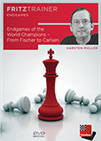 Let endgame expert Dr Karsten Müller show and explain the finesses of the world champions. Although they had different styles each and every one of them played the endgame exceptionally well, so take the opportunity to enjoy and learn from some of the best endgames in the history of chess.
Let endgame expert Dr Karsten Müller show and explain the finesses of the world champions. Although they had different styles each and every one of them played the endgame exceptionally well, so take the opportunity to enjoy and learn from some of the best endgames in the history of chess.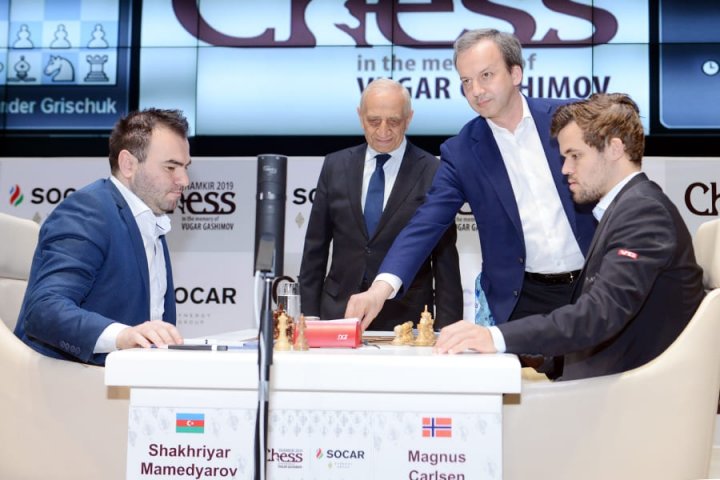
FIDE President Arkady Dvorkovich performs the ceremonial first move | Photo: ShamkirChess.com
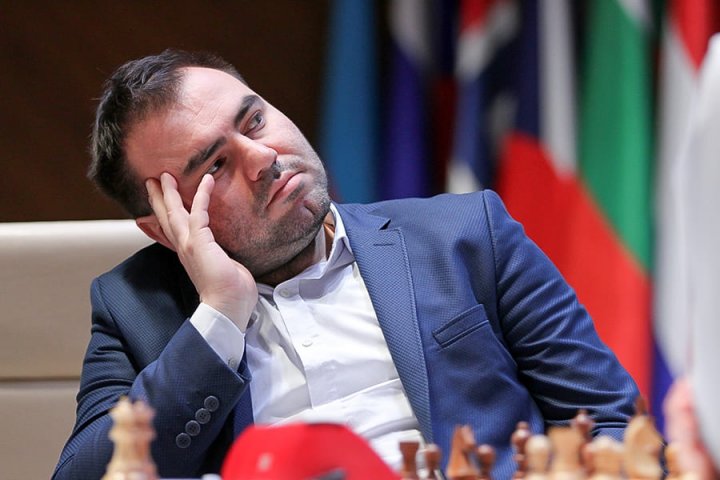
Mamedyarov did not seem to be worried about the game | Photo: ShamkirChess.com
D. Navara 1-0 Ding Liren
David Navara scored his first victory in the tournament. After a small tactical inaccuracy in the Meran variation of the Semi-Slav, Ding Liren found himself in a worse endgame.
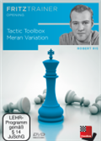 In interactive format IM Robert Ris offers you a lot of exercises, including hints and advice that help you to know key tactical patterns of this variation to play it with success.
In interactive format IM Robert Ris offers you a lot of exercises, including hints and advice that help you to know key tactical patterns of this variation to play it with success.
T. Radjabov ½-½ S. Karjakin
Teimour Radjabov and Sergey Karjakin made a lively draw. Radjabov gave up a pawn on the 22nd move, for which he got active play and tactical threats as compensation. Karjakin bypassed all the traps, but he could not keep his pawn. After 40 moves, the material equality was restored and one move later, the game ended in a draw.
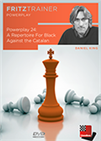 On this DVD Grandmaster Daniel King offers you a repertoire for Black against the Catalan, based around maintaining the rock of a pawn on d5. Keeping central control ultimately gives Black good chances to launch an attack against the enemy king.
On this DVD Grandmaster Daniel King offers you a repertoire for Black against the Catalan, based around maintaining the rock of a pawn on d5. Keeping central control ultimately gives Black good chances to launch an attack against the enemy king.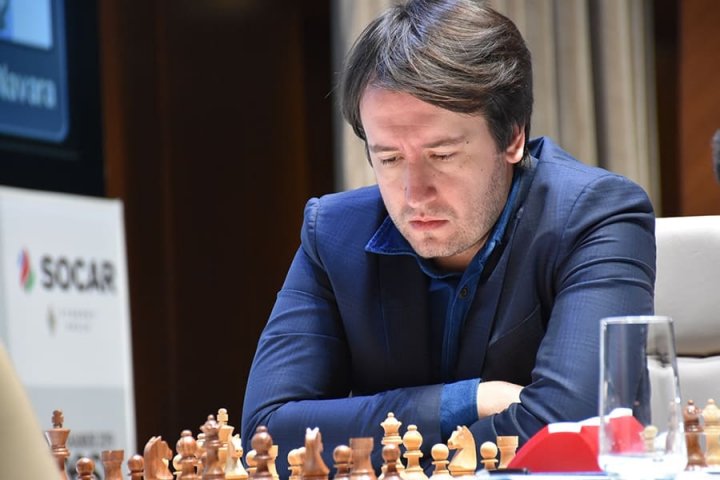
Teimour Radjabov | Photo: ShamkirChess.com
A. Grischuk 1-0 V. Topalov
The third victory of the day was provided by Alexander Grischuk. Facing Veselin Topalov, the Russian number two demonstrated how strong the pair of bishops can be.
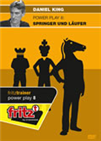 When we are starting out in chess we are told that knights and bishops both have a value of three points, but it is quite clear that in some positions a bishop is clearly superior to a knight - and vice versa. After watching this 8th Power Play DVD you’ll have a better idea of how to play positions with knights and bishops – what to look for, what to avoid, and how to place your pawns.
When we are starting out in chess we are told that knights and bishops both have a value of three points, but it is quite clear that in some positions a bishop is clearly superior to a knight - and vice versa. After watching this 8th Power Play DVD you’ll have a better idea of how to play positions with knights and bishops – what to look for, what to avoid, and how to place your pawns.
Alexander Grischuk | Photo: ShamkirChess.com
Friday is a rest day in Shamkir, and play will resume on Saturday.
Results of Round 5
Standings after Round 5
Round-up show with GM Daniel King
All games
Round 5 commentary webcast
 At the airport, in the hotel or at home on your couch: with the new ChessBase you always have access to the whole ChessBase world: the new ChessBase video library, tactics server, opening training App, the live database with eight million games, Let’s Check and web access to playchess.com
At the airport, in the hotel or at home on your couch: with the new ChessBase you always have access to the whole ChessBase world: the new ChessBase video library, tactics server, opening training App, the live database with eight million games, Let’s Check and web access to playchess.comCommentary by GM Arkadij Naiditsch
Translation from German: Macauley Peterson
Links



























